ARM uncloaks energy-efficient chip design
ARM targets energy and efficiency with new chip and architecture for delivering high performance with extended battery life.

ARM yesterday introduced its most energy-efficient application class processor along with a new flexible approach to processing.
Its new Cortex-A7 MPCore chip design updates the existing Cortex-A8 used in many popular smartphones and is one-fifth the size.
The chip developer is claiming its new processor design is also five times more energy efficient than its predecessor, while also delivering significantly greater performance.
Consumers are demanding performance as well as the always on, always-connected service they expect.
This combination of low power and high performance demonstrates ARM's targeting of sub-$100 (63.36) entry-level smartphones to help it target emerging markets where penetration levels are still relatively low.
"As smartphones and tablets continue to evolve into users' primary compute device, consumers are demanding performance as well as the always on, always-connected service they expect," stated Mike Inglis, ARM processor division executive vice president.
The introduction of ARM's big.LITTLE processing architecture with the new Cortex-A7 would also help meet this demand and consolidate its market position, he added.
Get the ITPro daily newsletter
Sign up today and you will receive a free copy of our Future Focus 2025 report - the leading guidance on AI, cybersecurity and other IT challenges as per 700+ senior executives
The new architecture specifically tackles the challenge of creating a System on Chip' (SoC) that still delivers high performance and extended battery life. It combines two different, compatible processors within the SoC and enables power management software to switch between them.
The idea is that the two processors, in the shape of the new 28-nanometre Cortex-A7 and ARM's 20-nanometre multicore Cortex-A15 (first launched a year ago), reside on the same SoC.
The LITTLE', lower-power Cortex-A7 runs the operating system (OS) and applications for basic always-on, always-connected tasks, such as social media and audio playback. The Cortex-A15 is used for high-performance tasks, like navigation and gaming, as required.
ARM also stressed that this dynamic selection is also transparent to the application software or middleware running on the processors, supported by advanced ARM system IP, such as AMBA 4 ACE Coherency Extensions to ensure full cache, I/O and processor-to-processor coherency between the two chips, and across the complete system.
It said the user would not notice the time taken to migrate between the two processors because it is in the order of 20 microseconds, but that it would optimise processing power and save energy using its newest chip for common workloads.
"The Cortex-A7 processor's ability to work together with the Cortex-A15 processor in a big.LITTLE configuration will help address the high-performance and low-power requirements of OEMs [original equipment manufacturers to deliver the optimum user experience for next generation mobile phones and mobile computing devices," said Bo-ik Sohn, vice president of ARM partner, LG Electronics.
The Cortex-A7 processor is expected to feature in entry-level smartphones sometime in 2013.
A 25-year veteran enterprise technology expert, Miya Knights applies her deep understanding of technology gained through her journalism career to both her role as a consultant and as director at Retail Technology Magazine, which she helped shape over the past 17 years. Miya was educated at Oxford University, earning a master’s degree in English.
Her role as a journalist has seen her write for many of the leading technology publishers in the UK such as ITPro, TechWeekEurope, CIO UK, Computer Weekly, and also a number of national newspapers including The Times, Independent, and Financial Times.
-
 AI is helping bad bots take over the internet
AI is helping bad bots take over the internetNews Automated bot traffic has surpassed human activity for the first time in a decade, according to Imperva
By Bobby Hellard
-
 Two years on from its Series B round, Hack the Box is targeting further growth
Two years on from its Series B round, Hack the Box is targeting further growthNews Hack the Box has grown significantly in the last two years, and it shows no signs of slowing down
By Ross Kelly
-
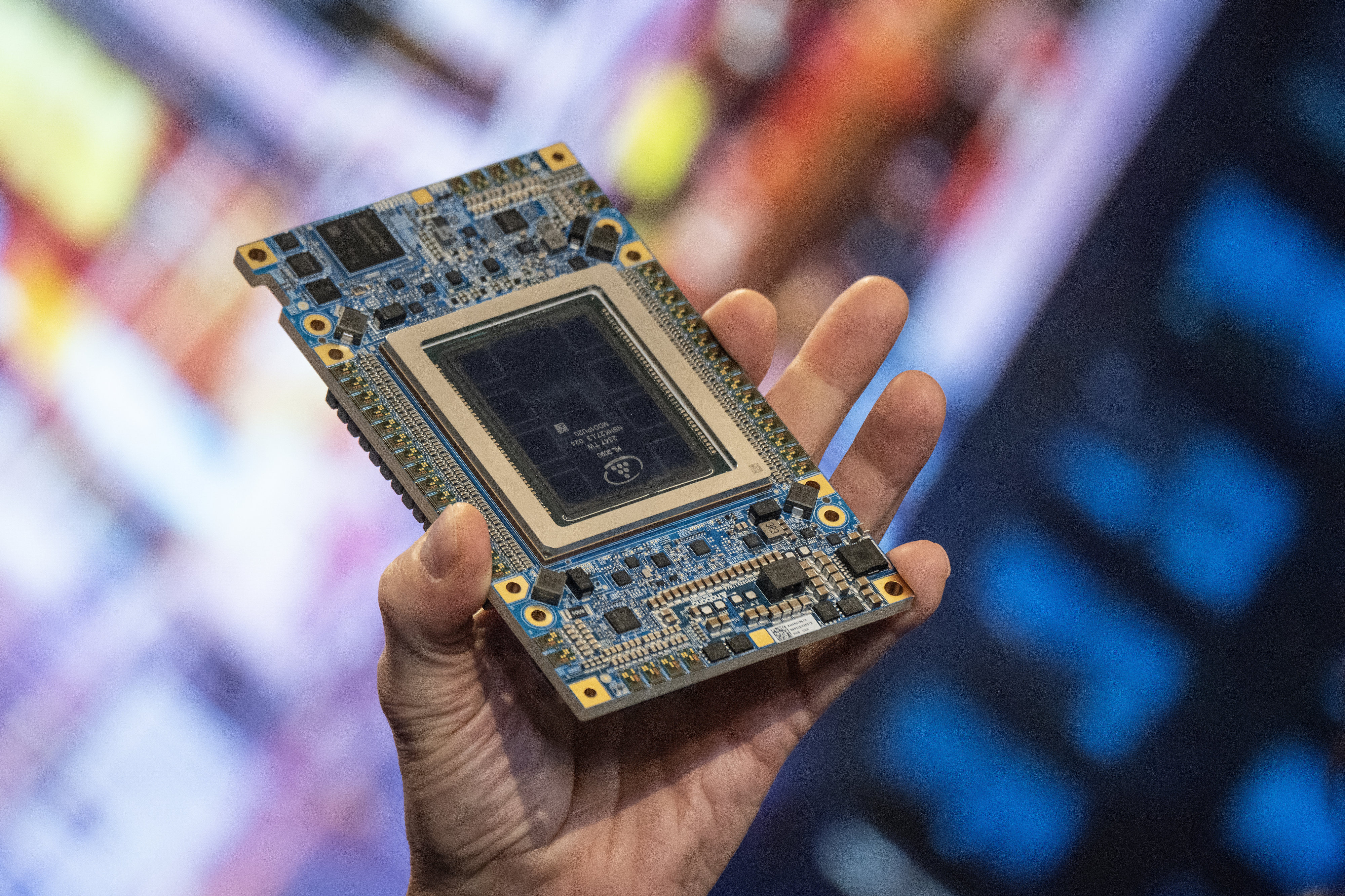 The AI PC is coming: Here’s what you need to know
The AI PC is coming: Here’s what you need to knowAnalysis Analysts believe a new wave of AI PC’s will spur increased tech spending in 2024
By Steve Ranger
-
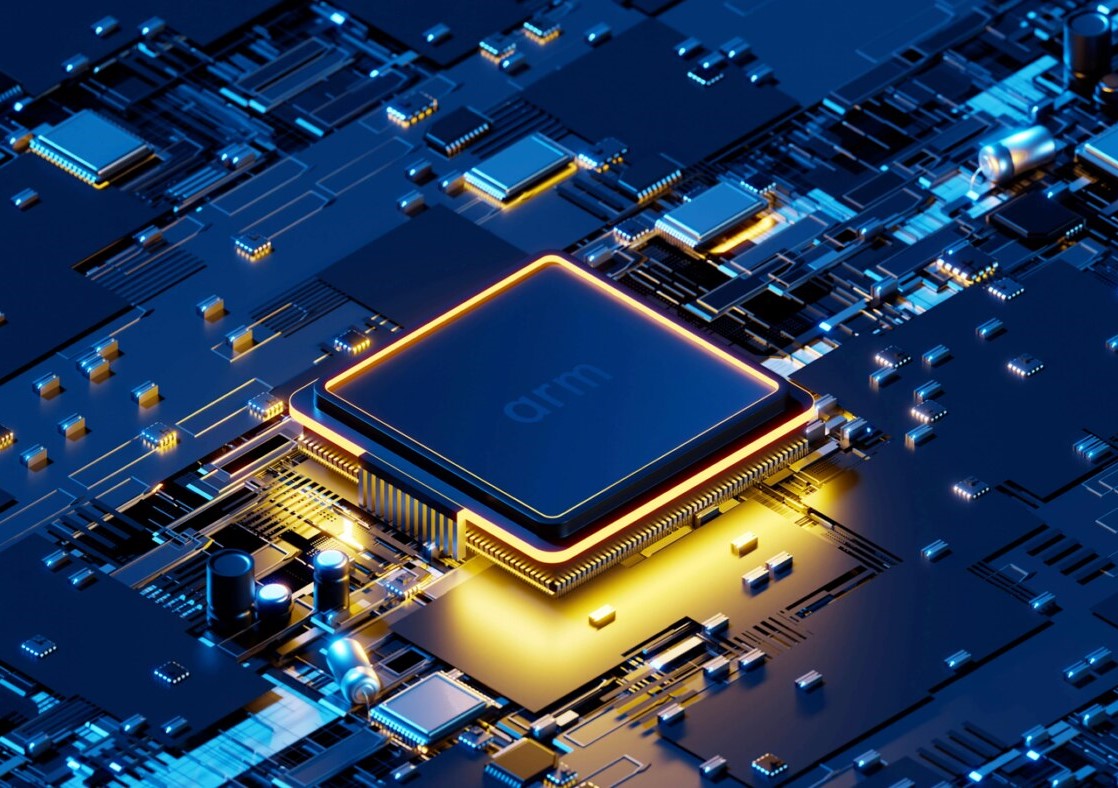 Arm's Cortex-M52 is a powerful compact processor for low-cost AIoT development
Arm's Cortex-M52 is a powerful compact processor for low-cost AIoT developmentNews The Arm Cortex-M52 looks to drive developer enablement in AI-powered IoT devices
By Ross Kelly
-
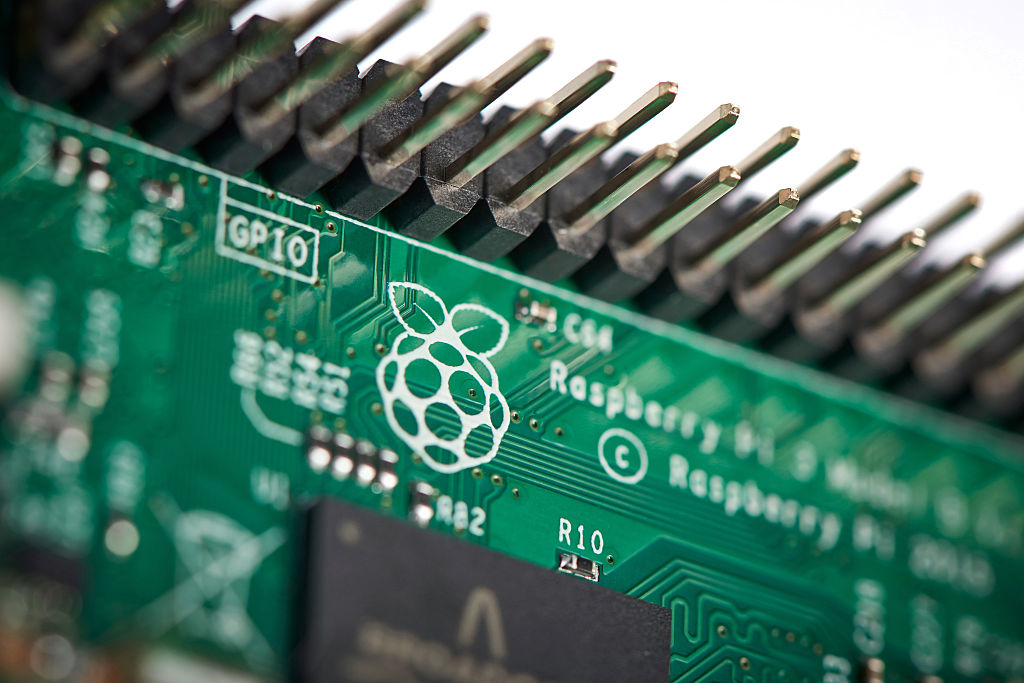 Arm acquires stake in Raspberry Pi in bid to drive IoT development
Arm acquires stake in Raspberry Pi in bid to drive IoT developmentNews The deal confirms a long-standing Raspberry Pi commitment to Arm chips
By Emma Woollacott
-
 Qualcomm open to investing in Arm as part of consortium
Qualcomm open to investing in Arm as part of consortiumNews This comes after SK Hynix said it was interested in forming a consortium to acquire the British chipmaker
By Zach Marzouk
-
 Arm China CEO refuses to step down despite being dismissed
Arm China CEO refuses to step down despite being dismissedNews This is the second time Arm has tried to get rid of the CEO, after falling out with him in 2020
By Zach Marzouk
-
 Nvidia warns rivals are exploiting uncertainty surrounding Arm’s future
Nvidia warns rivals are exploiting uncertainty surrounding Arm’s futureNews The company claims Intel and AMD have been getting ahead due to the drawn-out regulatory process
By Zach Marzouk
-
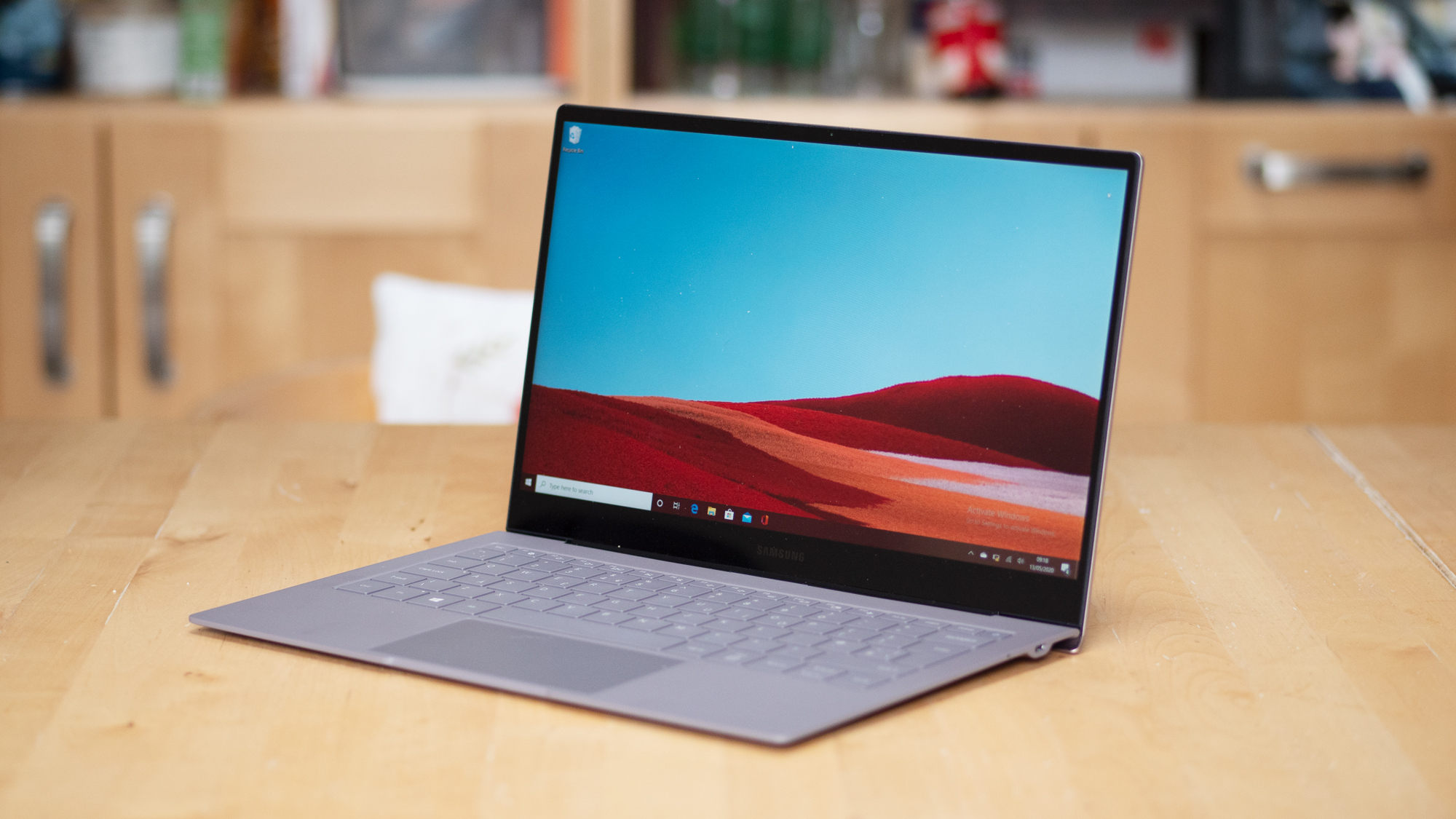
 Samsung Galaxy Book S review: ARMed and dangerous
Samsung Galaxy Book S review: ARMed and dangerousReviews So long, Surface Pro X - Samsung shows us how it’s really done
By Adam Shepherd
-
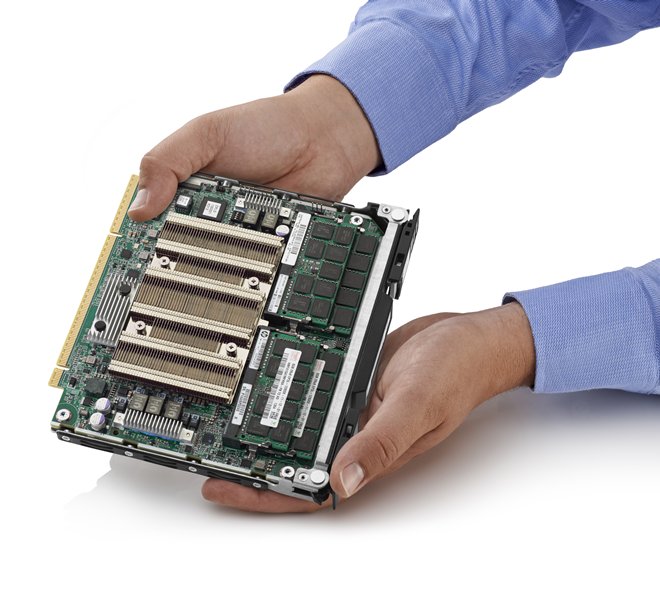 HP packs 64-bit ARM chips into Moonshot servers
HP packs 64-bit ARM chips into Moonshot serversNews ARM coming to a mainstream datacentre near you soon
By Rene Millman